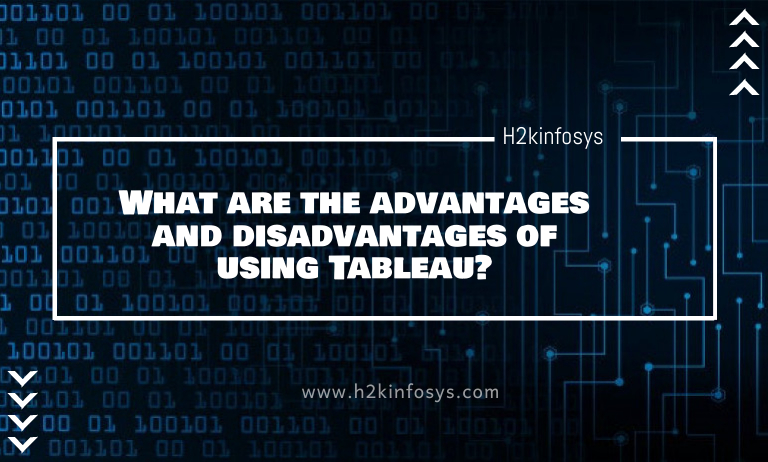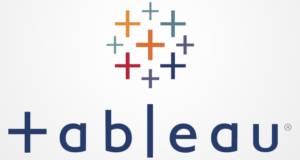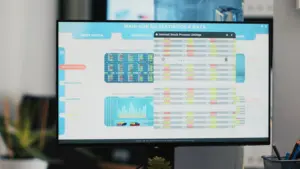Tableau is getting more fame in the current day world. The main reason is the huge amount of data every business generates these days, and representing them in easy-to-understand ways an excellent data visualization tool is required. When it comes to data visualization, no tool can replace Tableau. That is why many people are looking to learn tableau by enrolling in the best tableau course available. But before learning Tableau, one must be aware of the pros and cons, so one can easily determine whether one’s learning is worth it or not. Hence, let us look at the top advantages and disadvantages of Tableau.
Advantages of Tableau
Tableau is the major data visualization tool that helps in creating stunning and easy-to-understand dashboards and reports. Hence, many people like to learn tableau and get the advantages of Tableau’s exclusive features. So, let us look at the top advantages of Tableau.
The excellent data visualization tool
It is the highest-level data visualization tool. Hence, it helps produce excellent and interactive dashboards and reports that provide more insights than the reports created using spreadsheets or any other tools. It has the capabilities to support complex data blending, computations, and dashboard creation options. This is the reason it has gained the top position in data visualization tools.
Fast to create interactive visualizations
The biggest advantage of Tableau is it takes a minimum amount of time to create impressive dashboards. The user, with the help of quick drag and drop functions, helps to create many interactive reports within minutes. It can handle various variables and create many types of dashboards quickly.
Easy implementation
Tableau comes with different visualization options that help to enhance the user experience. The learning and implementation of this tool are easier than Python, Business Objects & Domo. The biggest advantage of this tool is that anyone can learn and master this tool without any coding knowledge.
Easy to work with huge datasets
One of the primary reasons for using Tableau is its capacity to work with huge data. It can easily handle millions of data rows with ease. Users can create many types of data visualization from Big Data without impacting the dashboards’ speed and performance. Additionally, it has the option to connect with different data sources such as SQL and others.
Support multiple scripting languages
Users can use R and Python programming languages to overcome the performance issue or enhance the computation speed. These measures help to take the load off the Tableau software. However, Python is not a native language of Tableau. But one can import Python’s visual packages.
Support from mobile devices
The usage of smartphones is increasing every day. Hence, it is important to have a tool that supports accessing and viewing the reports and dashboards from mobile phones. Tableau is one such tool that understands the platform a user is using, and accordingly, it optimizes the reports and serves the best viewing option to the users.
Disadvantages of Tableau
Tableau is the number one tool in data visualizations, and that is why many students are also learning Tableau by using tableau for students. However, it still has some drawbacks, and let us look at those now.
Absence of scheduling options
In Tableau, you cannot get the option of refreshing with the help of automatic scheduling. Since there is no scheduling option in Tableau, the developer or user must manually refresh than automatically refresh.
No custom visual import
It is not a completely open platform. In other visualization tools such as Power BI, developers can import the visuals rather than recreating them. However, in Tableau, one must recreate the visuals rather than importing. So, it takes time to recreate.
Scaling with relation to pricing
The biggest drawback of Tableau is the pricing. Tableau becomes very expensive to scale across the organizations. It has different products and each of them is priced highly. For instance, if you need a sharing and security option, you must opt for Tableau Server. It costs $175,000 for eight-core & $35 per user. Tableau online costs $35 per user, but for large organizations, it becomes a high cost.






























One Response